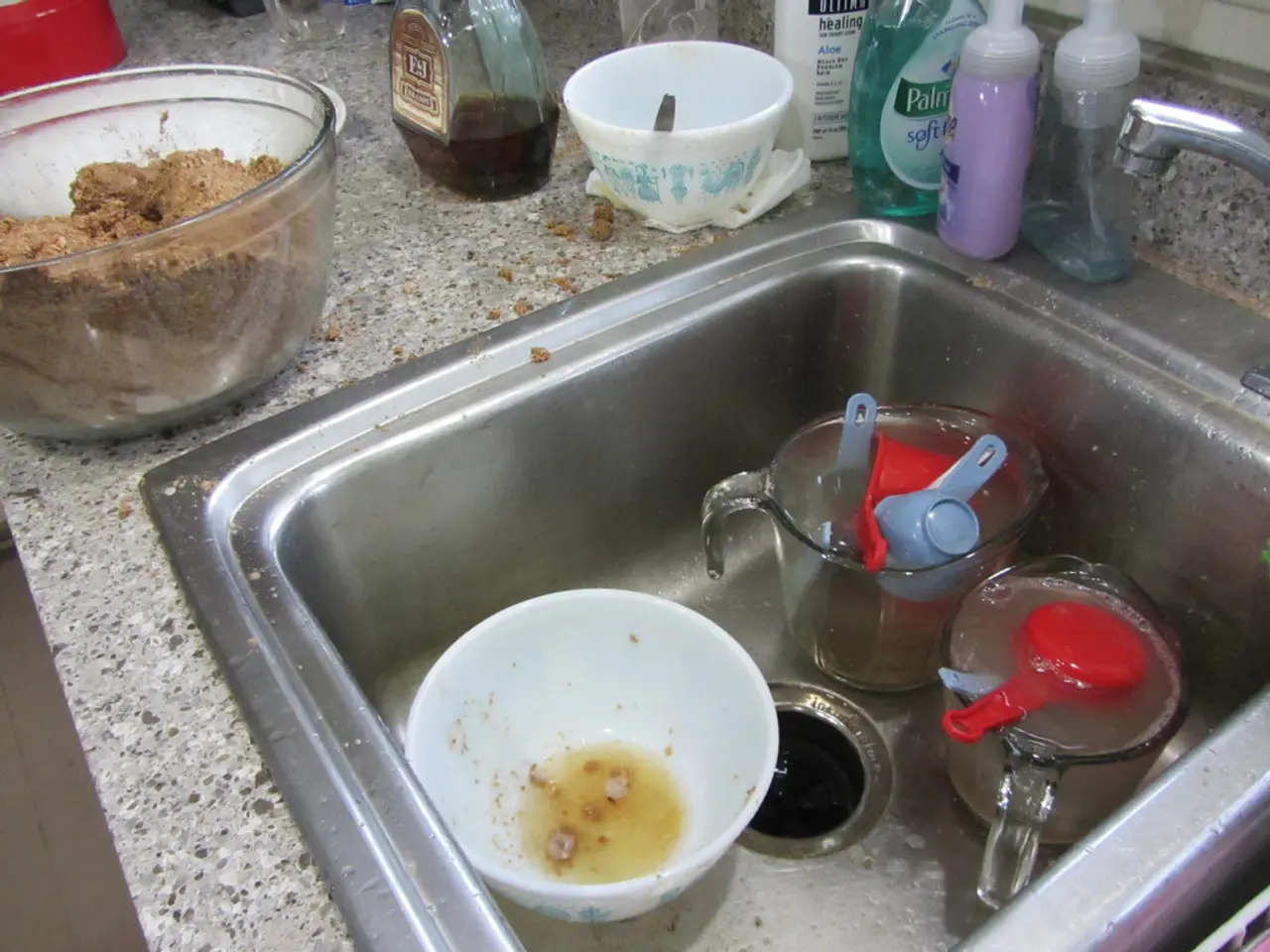Guidelines for nurturing and maintaining kohlrabi plants
Growing kohlrabi can offer a unique and rewarding experience for gardeners, with its crunchy texture and mild flavour reminiscent of broccoli or turnip. Here's a comprehensive guide on how to grow kohlrabi successfully, covering sowing, planting, watering, harvesting, and controlling pests and diseases.
## Sowing and Planting
The sowing time for kohlrabi depends on the variety and whether seed is being sown direct outside or started off under cover before planting outdoors. Green kohlrabi is faster growing and should be sown from March to June, while purple kohlrabi is slower growing but hardier and should be sown in summer. In cool climates, sow seeds directly into the ground in early spring or late summer for a fall harvest. In warmer regions like Arizona, start seeds indoors from August to December and transplant them outside from September to January.
When sowing, plant seeds about 1/4 inch deep in well-draining soil. Cover with a thin layer of soil and firm gently. Space additional rows about 30 cm (1 ft) apart to ensure adequate air circulation and prevent disease spread.
## Watering
Kohlrabi requires consistent moisture, especially when the plants are developing bulbs. Mulch can help retain moisture and suppress weeds. However, excessive moisture can lead to disease. Ensure the soil drains well to prevent waterlogged conditions.
## Harvesting
Harvest kohlrabi when the bulbs are about 3 inches (7.5 cm) in diameter, or smaller for a more tender texture. In hot climates, harvest when smaller to avoid the plant becoming woody. Use a sharp tool to cut the bulb from the plant, leaving the leaves intact if desired for cooking.
## Pest and Disease Control
Kohlrabi is susceptible to pests like cabbage caterpillars and diseases such as downy mildew. Protection and prevention are the best courses of action. Use fine-mesh netting or row covers to protect the plants, and monitor them regularly for signs of disease, treating promptly if necessary.
## Additional Tips
Kohlrabi requires at least 6 hours of direct sunlight per day to grow well. It prefers cooler soil for germination and growth, making it ideal for spring or fall seasons in many regions. Remove the outer skin before using kohlrabi in salads, stews, or as a sautéed vegetable. The leaves are also edible, they can be steamed like spinach.
By following these guidelines and maintaining consistent care, you can successfully grow kohlrabi and enjoy its unique flavour and nutritional benefits. Kohlrabi is good for dietary fiber, calcium, vitamin C, and iron.
Specialist seed suppliers offer the widest range of kohlrabi varieties. Crocus, Suttons, Thompson & Morgan, and Rocket Gardens are sources for kohlrabi seeds and plants. Make several successional sowings to ensure a continual supply.
Harvested kohlrabi can be kept fresh in the fridge in a perforated bag for a short time. Kohlrabi can be used in recipes as an alternative to meat and also works well with Indian spices. It can be cooked or grated raw into salads.
In conclusion, growing kohlrabi can be a delightful addition to your garden, offering a versatile and nutritious vegetable for your table. With the right techniques, you can enjoy the crunchy texture and delicious flavour of this uncommon vegetable.
Nurturing a home-and-garden with kohlrabi can provide an exciting and rewarding experience, as it offers a unique taste that resembles a mix between broccoli and turnip. To grow kohlrabi successfully, you could start by sowing seeds from March to June for green kohlrabi, or in summer for purple kohlrabi in a well-draining soil, followed by spacing additional rows approximately 30 cm (1 ft) apart to ensure proper air circulation.
Incorporating kohlrabi into your home-and-garden lifestyle also comes with benefits beyond taste – it's rich in dietary fiber, calcium, vitamin C, and iron. Privileged gardening enthusiasts might even venture into unique kohlrabi varieties such as the purple variety, which is slower growing but significantly hardier.




